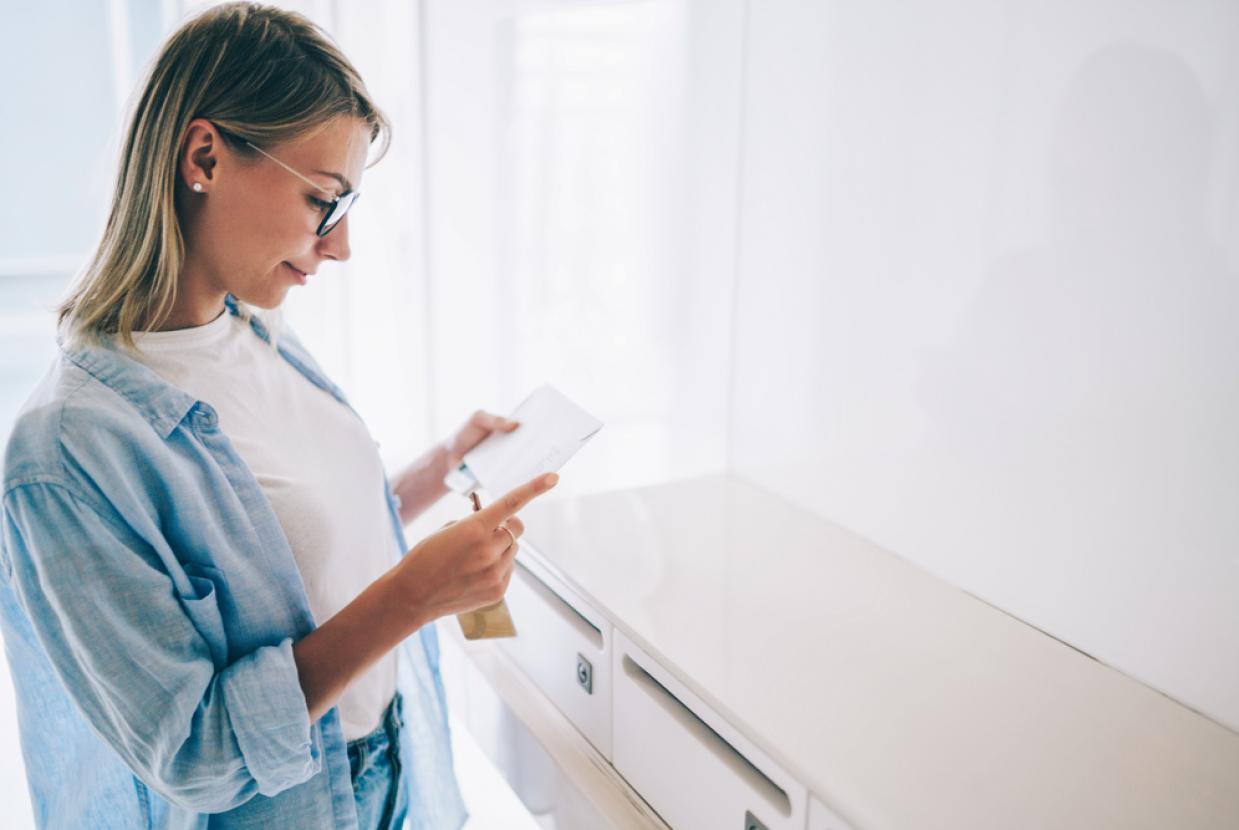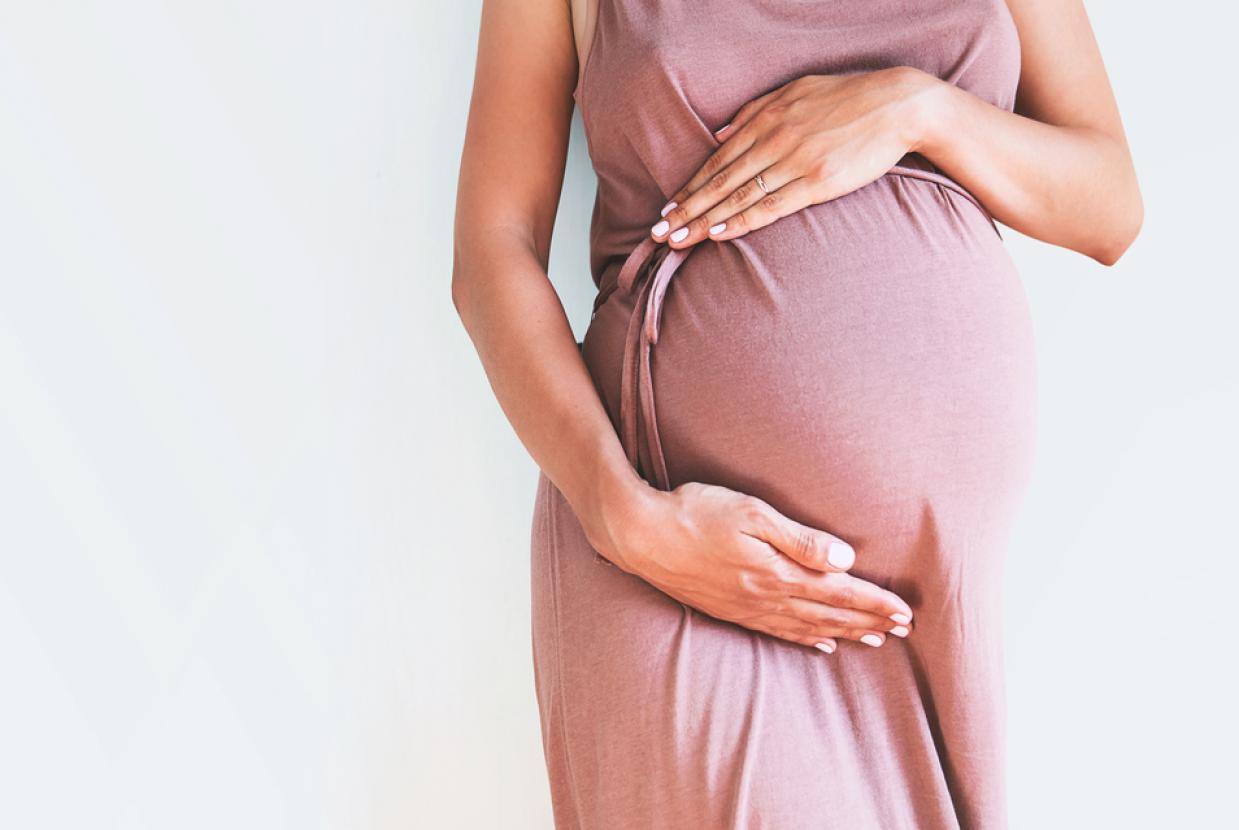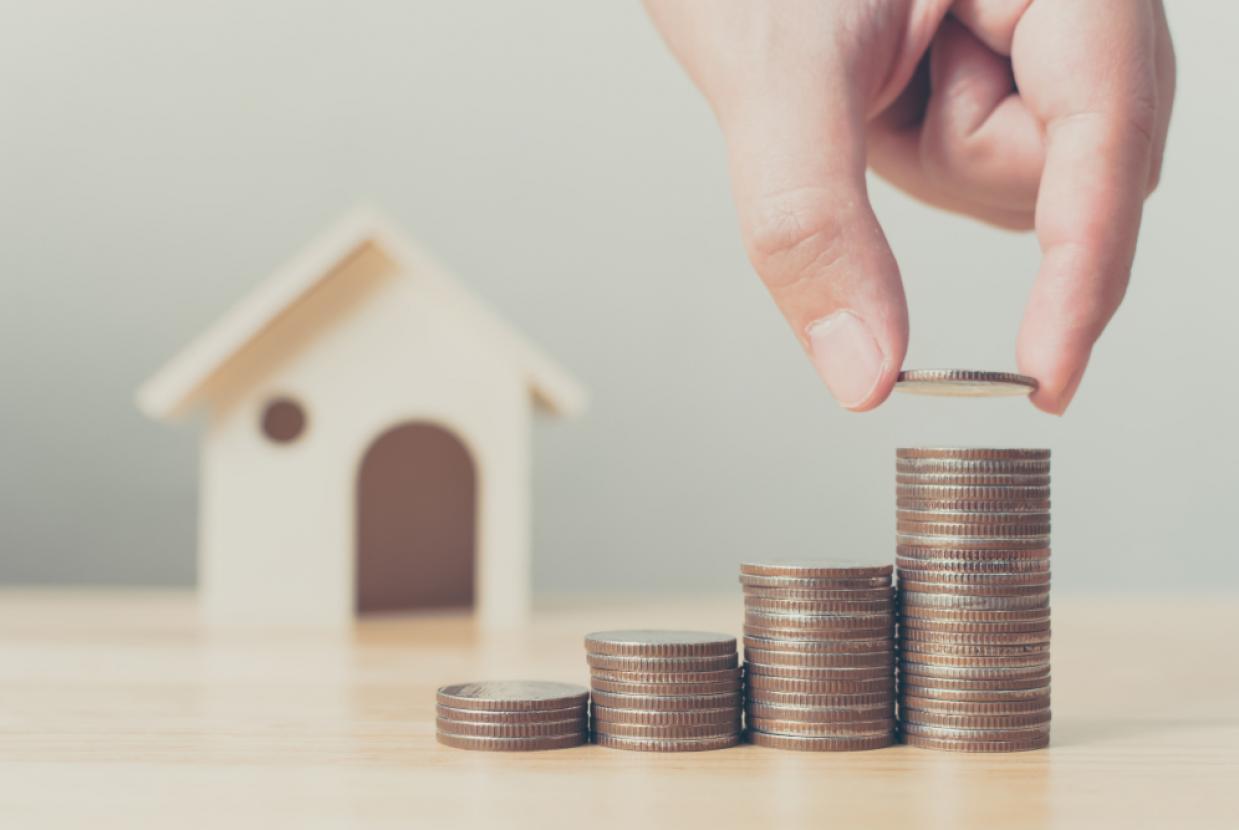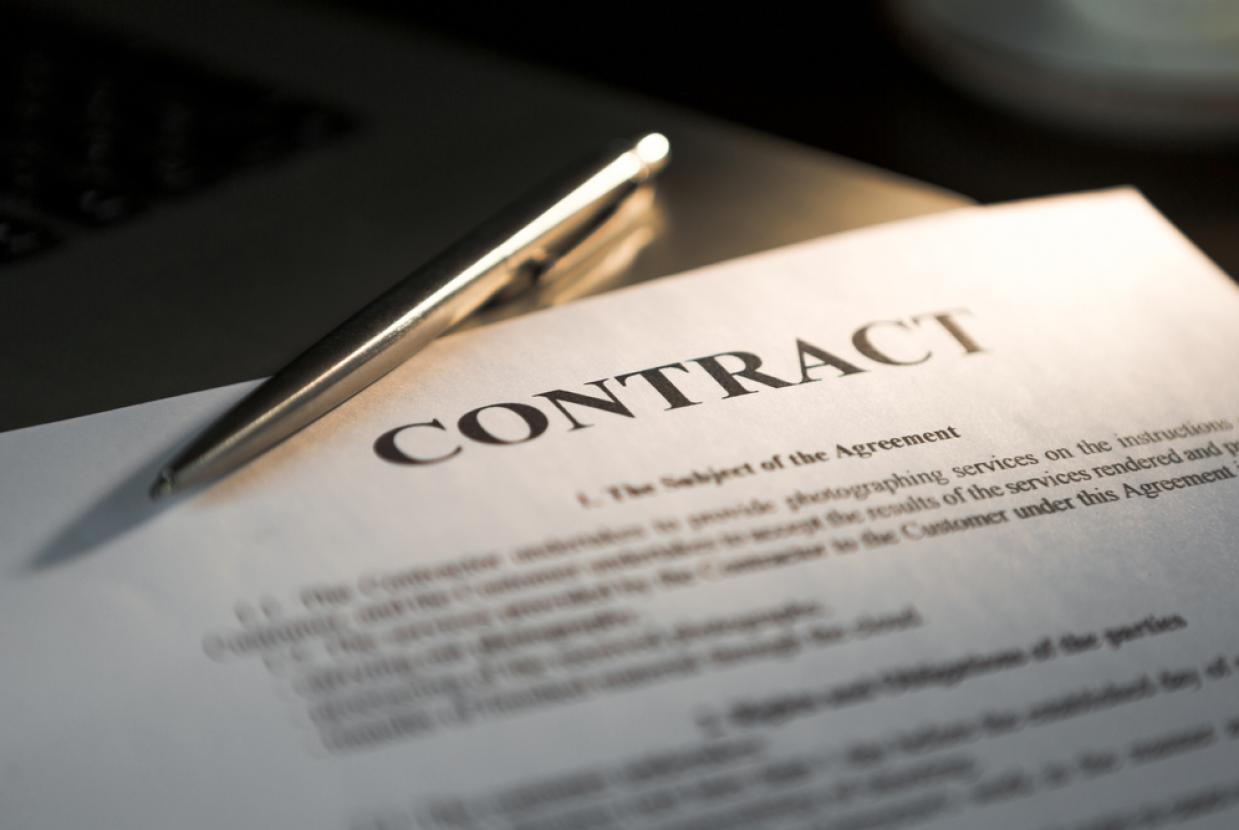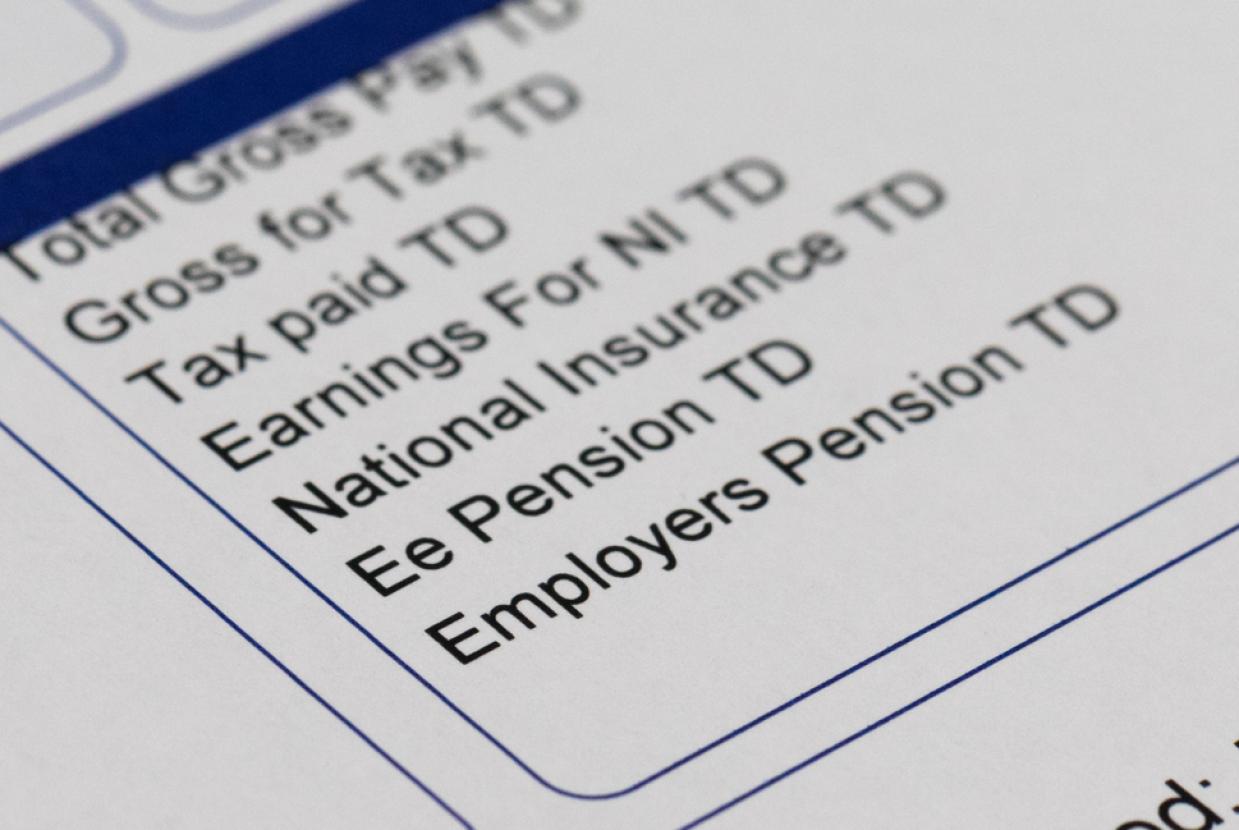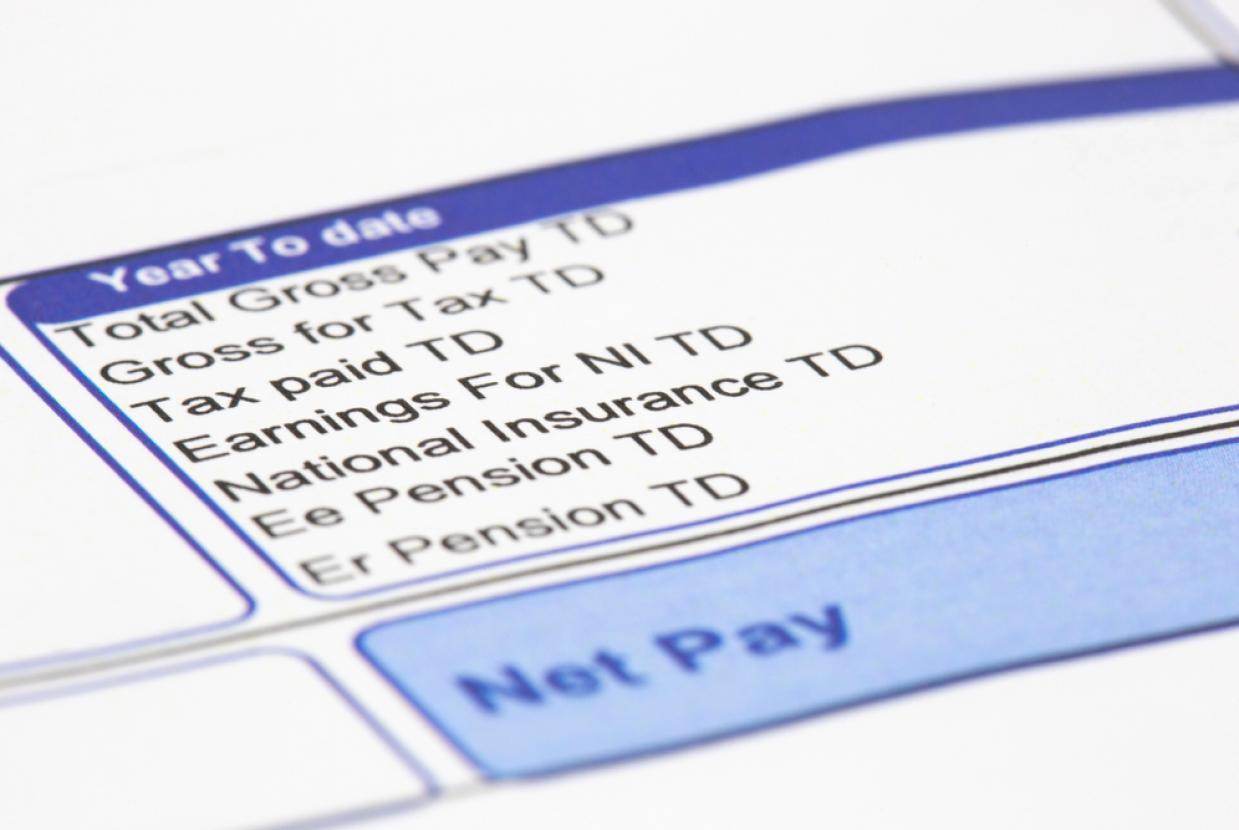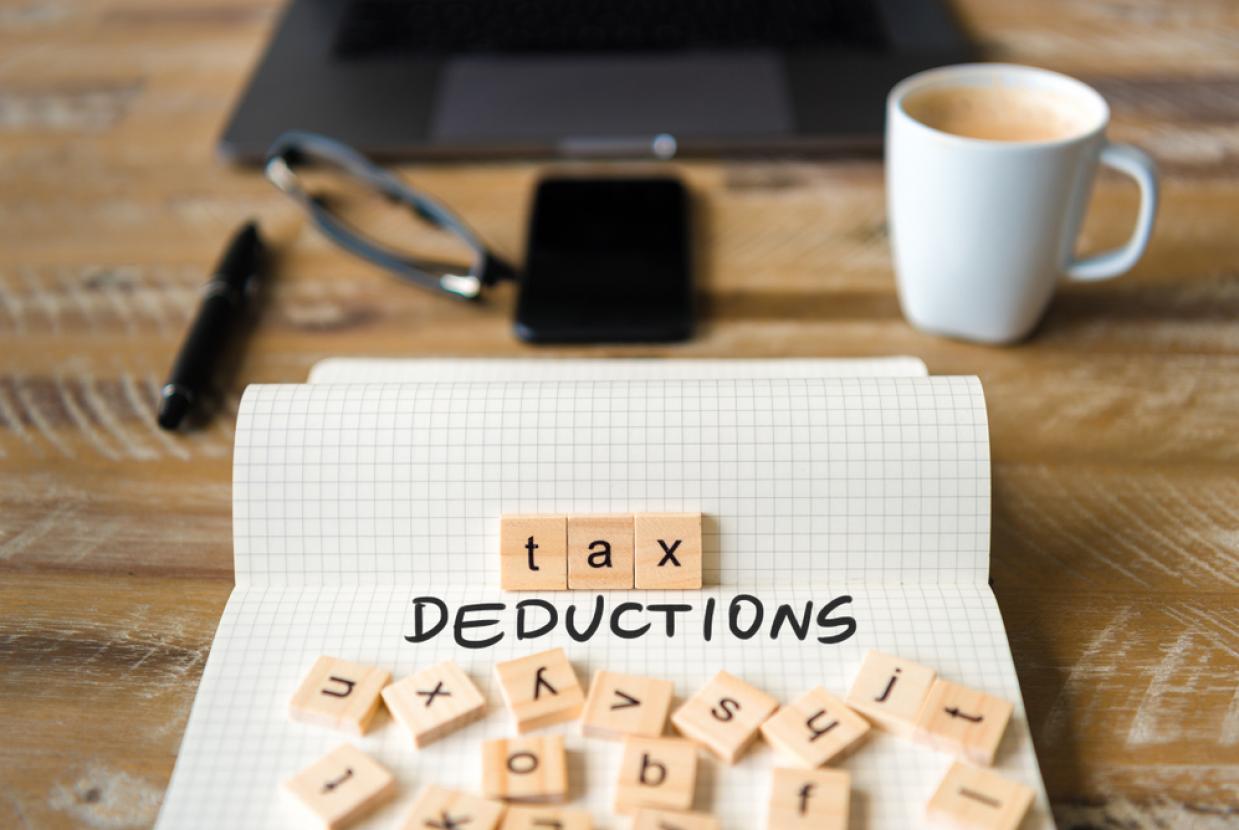Personal Pensions
If you’re not employed, and so don’t have access to a workplace pension, you can set up your own pension. These are called personal pensions and are a good way to save for retirement. You can also set one up outside of any workplace pensions you might have.
What is a personal pension?
A personal pension is a type of defined contribution pension. You choose the provider and make arrangements for your contributions to be paid.
As like other pension schemes, a personal pension offers a tax-efficient way to save for retirement. The money paid into a personal pension scheme is invested to build up a pot of money for when you retire.
You get tax relief on the contributions. This means that Income Tax you would normally pay to the government goes towards your pension instead.
The money in the pot grows largely tax-free, and when you come to retire you can usually take up to 25% of your pension pot tax-free.
You can also normally access your pension pot from age 55. Some employers have set up workplace pensions using group personal pensions.
Who can have a personal pension?
Personal pensions suit a wide range of people.
They’re worth considering if:
- you’re self-employed (including working as part of the ‘gig’ economy)
- you don’t have any other pension apart from the State Pension
- you have an irregular income or are taking time off work – for example, to bring up children or care for others.
Even if you’re not in paid employment you can pay into a personal pension and still get tax relief. You can even save into a pension scheme for your children or grandchildren.
Personal pensions can also be used alongside a workplace pension. But any scheme your employer offers is likely to be better value than taking out a separate personal pension, especially if they’ll match what you pay in.
Types of personal pension
There are three different types of personal pension, all of which have common features and all of which can also be used as a workplace pension scheme.
1) Standard personal pensions - these are offered by most large pension providers. They’re likely to offer a range of investment choices.
2) Stakeholder pensions - these allow you to make low minimum contributions. You can stop and start payments, and transfer out at no cost. Annual charges are capped, although they’re not always lower than some other pensions.
3) SIPPS (Self-invested Personal Pensions) - some schemes offer a wider and more sophisticated range of investment options than standard or stakeholder pensions. They do need hands-on management, and might come with higher charges in return for a wider investment choice.
Employers can offer personal pensions as their workplace pension. These are called a ‘Group personal pension’, ‘Group stakeholder pension’ or ‘Group self-invested personal pension’.
If you set up a personal pension before 1988, you might have a retirement annuity contract (RAC). These are no longer available but can contain valuable benefits.
Your pension might also include a buyout policy. These policies were used to transfer pension money built up in a workplace pension into a personal pension.
How personal pensions work
You choose a pension provider and arrange to make contributions. Most people pay something in every month – but some providers will let you pay in lump sums as and when you want to.
Providers offer a choice of funds, which invest in different types of investments, with the aim of growing the fund over the years before you retire.
You get tax relief on the contributions and your savings grow largely tax-free.
The size of your pension pot when you retire will depend on:
- how long you save for
- how much is paid into your pension pot over the years
- how well your investments have performed
- what charges have been taken out of your pot by your pension provider.
Choosing investments
Most personal pension plans offer a range of investment funds. You’ll probably be offered a choice of funds that:
- specialise in specific ‘assets’, such as shares, bonds or property
- invest in a particular geographical area or country – for example, a fund that just invests into UK companies or one that focuses on companies in Europe
- invest in a mix of different assets – for example, a fund investing in both global shares and government bonds.
The funds might also be described as being suitable for a particular risk profile or investment style, such as ‘cautious’, ‘balanced’, or ‘aggressive’.
Most people choose to invest in more than one fund or in funds that invest in a mix of different assets. This is because spreading (‘diversifying’) your investments is a good way to manage risk.
Charges are deducted from your pot to cover the cost of investing and managing the funds.
Is a personal pension right for you?
Anyone under the age of 75 in the UK qualifies to start a personal pension. And there are no age limits for transferring other pension pots into a personal pension.
Are you self-employed, not working or don’t have access to a workplace pension? Then getting a personal pension could be a good way to save for retirement.
Do you already have a workplace pension and want to save more? Then it will usually make sense to put more into your workplace scheme where the charges are likely to be lower and your employer might match your contributions.
How much should you save into a pension?
Most people save into a pension every month. If you can increase your contributions in line with, or by more than, the rate of inflation each year, even better. The more you pay in now the larger your pension pot will be when you retire, giving you more to live on. You’ll also get more tax relief top-ups from government.
Taking money from your pension
From the age of 55 (rising to 57 from 2028), you have the choice of accessing your pension pot through one of the options below, or a combination of them. Depending on your age and personal circumstances, some or all these options could be suitable for you.
Your main options are listed here:
- Keep your pension savings where they are – and take them later.
- Use your pension pot to buy a guaranteed income for life or for a fixed term – also known as an annuity. The income is taxable, but you can choose to take up to 25% (sometimes more with certain plans) of your pot as a one-off tax-free lump sum at the start.
- Use your pension pot to provide a flexible retirement income – also known as pension drawdown. You can take the amount you’re allowed to take as a tax-free lump sum (normally up to 25% of the pot), then use the rest to provide a regular taxable income.
- Take a number of lump sums – usually the first 25% of each cash withdrawal from your pot will be tax-free. The rest will be taxed.
- Take your pension pot in one go – usually the first 25% will be tax-free and the rest is taxable.
- Mix your options – choose any combination of the above, using different parts of your pot or separate pots.






